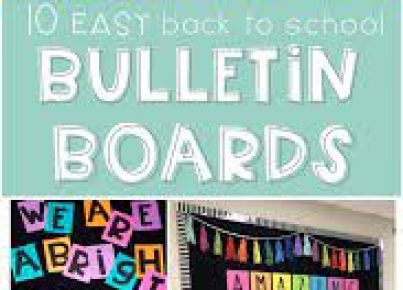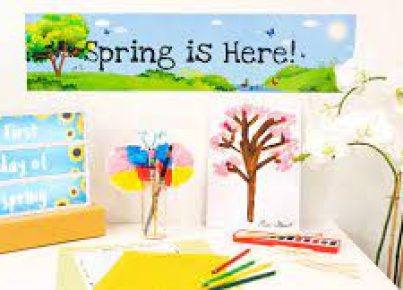In today’s digital age, learning at home has never been more accessible or engaging. Virtual learning offers numerous benefits and opportunities for students of all ages. Here are some creative ideas and resources to help make the most out of virtual learning experiences.
1. Online Courses and Tutorials
The Internet is filled with countless courses and tutorials to learn new skills or subjects. Websites such as Khan Academy, Coursera, and Udemy offer a wide range of topics, from coding to history to photography. Many of these platforms also provide resources for educators and parents to create personalized learning plans tailored to individual students’ needs.
2. Virtual Field Trips
Exploring the world has never been easier, thanks to virtual field trips that allow learners to experience culture, history, science, and art without leaving home. Many museums, zoos, and art galleries offer virtual tours on their websites, providing a fun and interactive way to learn about different topics.
3. Educational Apps and Games
Many educational apps and games can help reinforce learning while keeping students entertained. There are countless apps designed for various age groups and subjects – from early learning apps like ABCmouse to puzzle games that improve critical thinking skills like BrainPOP.
4. Interactive Live Videos
Platforms like YouTube Live, Zoom, or Google Meet can connect students with educators or other professionals for live interactive lessons or workshops. For example, National Geographic hosts regular live events with explorers or scientists which provide the opportunity to ask questions in real-time.
5. Audiobooks and Podcasts
Audiobooks and educational podcasts can be an enjoyable way for students to gain new knowledge while performing other activities or during downtime. Platforms like Audible, Scribd, or Apple Podcasts offer a vast collection of audiobooks and podcasts catering to various interests and ages.
6. Project-Based Learning
Encourage students to work on hands-on projects that require research, experimentation, and creativity. This approach can foster problem-solving skills and keep them engaged over an extended period. Projects can range from creating a blog to building DIY science experiments at home.
7. Online Study Groups and Discussions
Taking advantage of online discussion forums or creating study groups on platforms such as Google Classroom, Slack, or Microsoft Teams can help students share resources, collaborate on assignments, and discuss topics that may be challenging for them to grasp independently.
8. Personalized Learning Plan
Work with your child or student to develop a personalized learning plan that combines various virtual learning methods based on their preferences and goals. This plan can include setting specific goals, scheduling regular check-ins to track progress, and incorporating a mix of learning resources to promote a well-rounded educational experience.
In conclusion, virtual learning offers a wealth of possibilities for students to explore their interests and enhance their knowledge. By exploring these ideas and finding the right balance of resources that work for each individual learner, you can create an effective and enjoyable learning experience at home.





